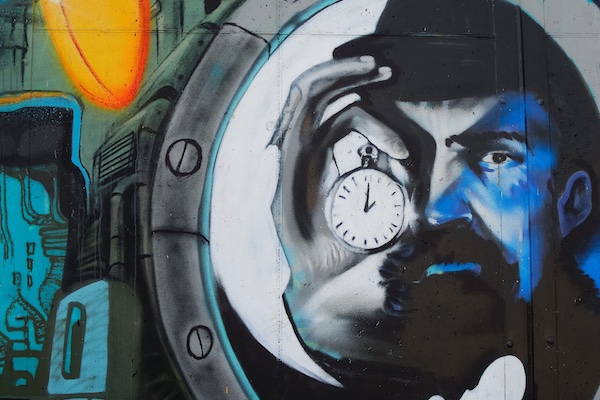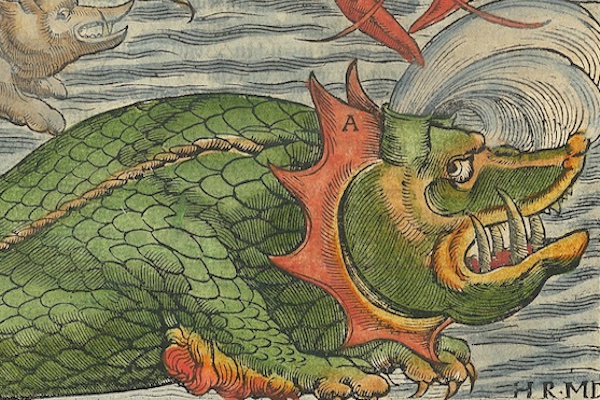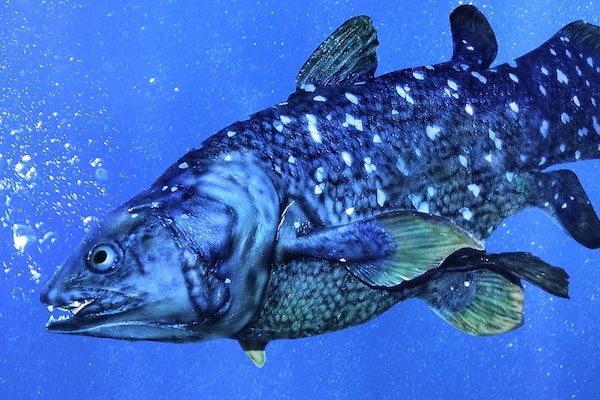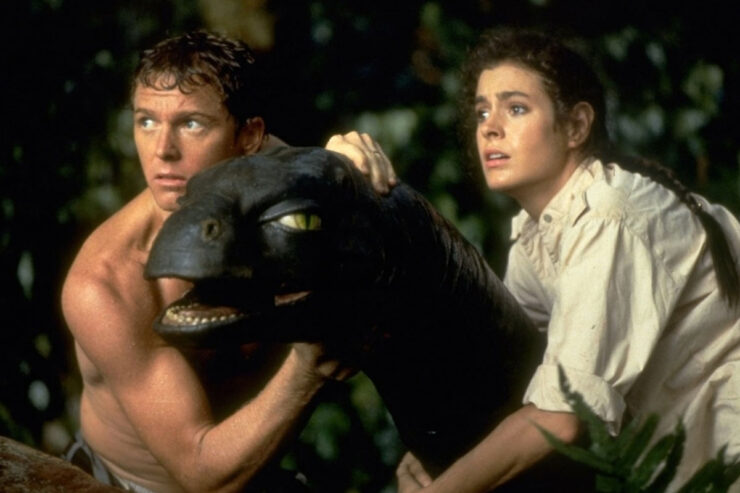I have a lifelong fondness for soppy kids’ movies. Yes, I like Disney movies, and Disney knockoffs, and kids’ movies, period. My inner editor may be making squawky noises, but I can’t make myself care. I love them anyway.
Not long after Aquamarine first came out, along about 2006, I happened across it on one of the primordial streaming channels. We had satellite TV then. Remember satellite TV?
I enjoyed this lighthearted, just sweet enough tale of a gorgeous blonde mermaid and a pair of misfit early teens. I had no idea it was based (quite loosely) on a story by Alice Hoffman, whose Practical Magic I had loved in film form since the late Nineties. If I peer at it closely, I can sort of see some common tones and themes, but they’re classic film tropes, not tied to any one author or film.
Book-Aquamarine isn’t much like film-Aquamarine, nor is the plot particularly close. The film offers more (easier) magic and less downer drama. We don’t get the direct Andersen/Ariel connection, in that Aquamarine is one of seven sisters. We do get the strong princess vibe.
Film-Aquamarine shows up in the pool at the Capri Beach Club after an epic storm. Young teens Hailey and Claire stumble across her while helping with cleanup—literally in waterphobe Claire’s case, when she slips and falls in. No one believes her; they all think she’s just being hysterical.
Claire has a genuine phobia. Her parents were killed when their boat sank; since then, she’s been terrified of water. She lives with her grandparents, who own the club, and stays scrupulously onshore.
Her friend Hailey has only been in the town of Baybridge, Florida for a year, and is furiously resisting a move to Australia with her marine-biologist mother. The two are best friends, and Hailey wishes with all her heart that she didn’t have to leave. She’s already fought the move from Boston to Florida. Now she has to fight all over again, this time against a move to the other side of the world.
The girls meet Aquamarine in the pool that night, after the day’s activity has ended. She’s beautiful, confident, and extremely well educated. She speaks the languages of multiple species. She can read English, as we learn somewhat later. Her father is the ruler of the sea; he caused the storm after his daughter fled the marriage he arranged for her.
Merfolk do not believe in love. Aquamarine convinces him to let her prove that love exists—in the three days before her wedding. If she can do that, she’s free. If she fails, she’ll be forced to marry a merman who is, she says, as shallow as a tide pool.
Hailey and Claire are avid students of love, teen style, though they’re just barely embarking on puberty. They’ve read all the magazines and taken to heart all the advice, verbatim, with attributions.
The object of their most intense study is the hunky lifeguard, Raymond. It’s their dearest ambition to gain his notice and his hand in marriage. They stalk him, fantasize about him, and collapse in a hysterical heap if he casts a glance their way.
The morning after they meet Aquamarine, they discover to their horror that the pool has been drained and the mermaid is nowhere to be found. In her place, hiding inside the club, is a young woman who is absolutely thrilled with her brand-new legs and feet and her brand-new butt. “I can sit on it!” she burbles.
Aquamarine, like her progenitor, Madison from Splash, transforms into a human when on land. There are rules. She only has legs while the sun is up; at night she returns to mermaid form. She has to stay dry. She craves salt, and drinks salt water in massive quantities. And she only has three days.
Much of the plot is taken up with stalking and landing the delectable Raymond, clashing with the local Mean Girls, and running up against the sunset deadline. Hailey and Claire hide Aquamarine at night in the town water tower. But main Mean Girl Cecelia, thwarted in her campaign to go with Raymond to the big final blowout party of the summer, hunts her rival down and discovers her secret. Chaos, of course, ensues, and everyone gets the outcome they deserve.
Buy the Book


All the Hidden Paths
This world’s mermaids are numerous, peripatetic, and very discreet. They roam the seas in seasonal migrations, one of which passes by the Gulf Coast of Florida. They know a great deal about humans, but humans know next to nothing about them.
The only one we see is Aquamarine (this film’s special-effects budget is very, very low). She’s a beautiful blonde with blue hair streaks, and a simple, non-frilled, hydrodynamic tail. She talks about other merfolk, and we hear from her father, bellowing at her on her shell phone and raising huge seas when he’s aggravated. She does her best to stay away from the sea, knowing that if she goes in, she’ll not only lose her legs; she’ll be swept back home to her wedding.
The film adds a couple of nifty little details to the mermaid canon. Aquamarine’s fingernails, aka finger scales, change color according to her mood, from dark red to gold to iridescent teal or purple. She wears tiny starfish as earrings, and they have a special gift: they shower their wearer with fulsome but honest compliments.
One thing more a mermaid can do in this world. If a human helps her, that human gets a wish. Hailey and Claire spend rather a lot of time deciding on what they’ll ask for. What they actually do ask, in the end, is part of their evolution as characters. They grow up a little and learn a lot about what love really is, and how and to whom it applies.
It’s all very heartwarming and sweet without being excessively preachy. Fans of Splash will recognize quite a few echoes and references, most especially the classic, iconic, inevitable mermaid’s tail in the bathtub. Can’t have a post-Splash mermaid movie without it.
Judith Tarr is a lifelong horse person. She supports her habit by writing works of fantasy and science fiction as well as historical novels, many of which have been published as ebooks. She’s written a primer for writers who want to write about horses: Writing Horses: The Fine Art of Getting It Right. She lives near Tucson, Arizona with a herd of Lipizzans, a clowder of cats, and a blue-eyed dog.















Ocean Girl isn’t exactly a mermaid but might fit the series, too.
I haven’t seen the movie, just a trailer, but ‘Ruby Gillman, Teenage Kraken’ might be interesting.
@1 That sounds interesting, thanks!
@2 And that sounds like a riot. Must check out.